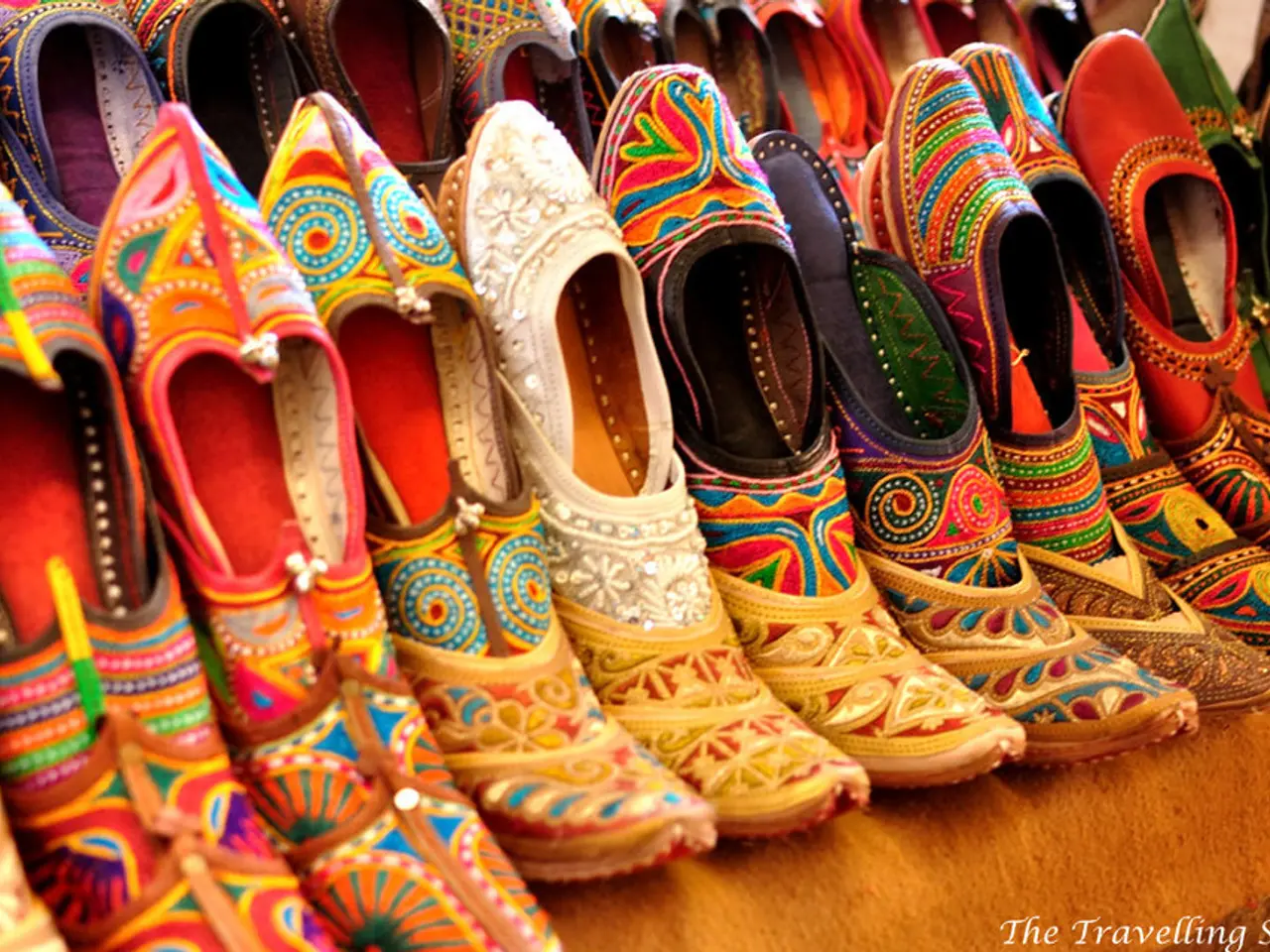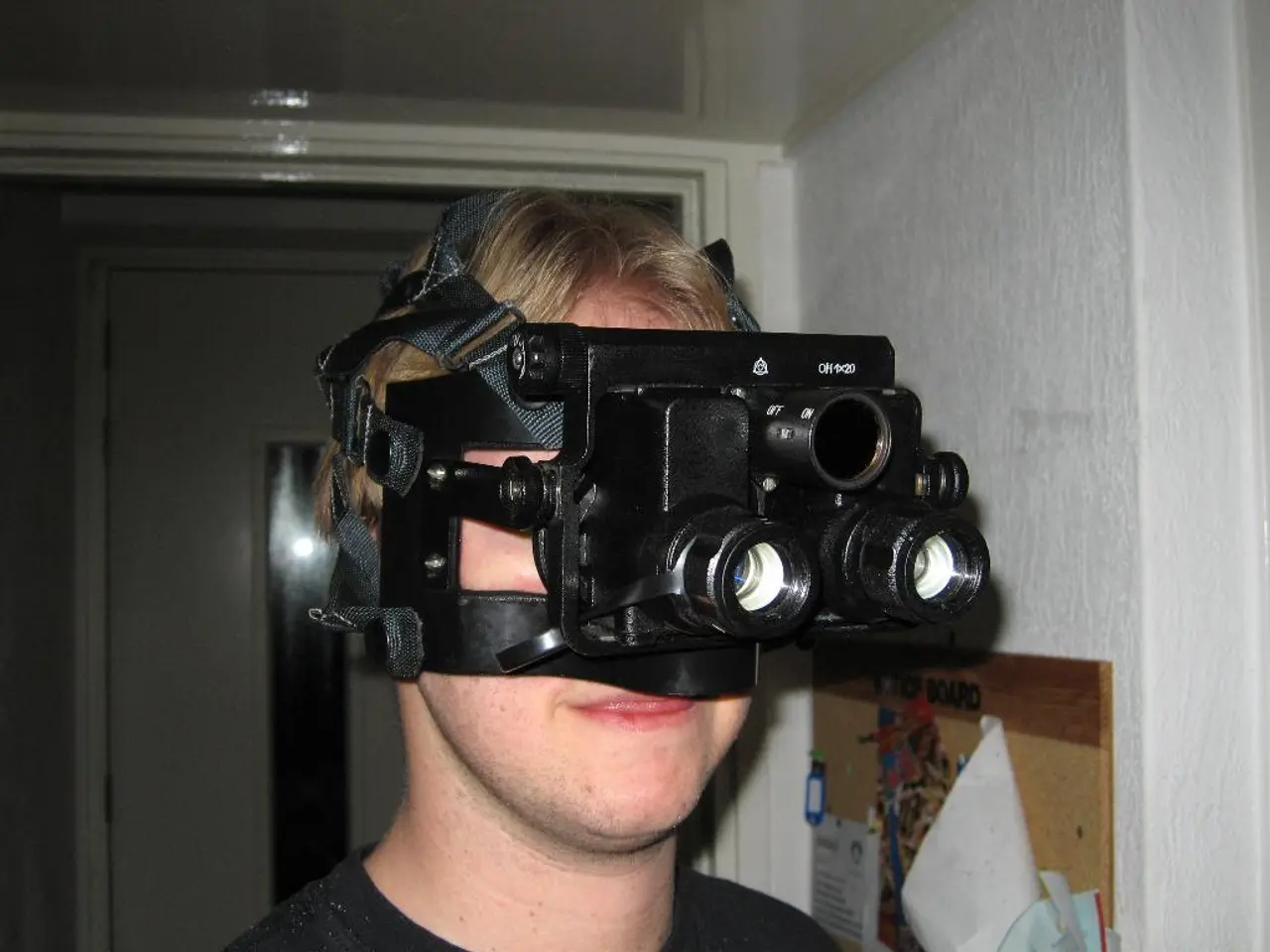Foot Arch Pain: Root Causes, Remedies, and Stretching Exercises for Relief
In the world of sports, foot pain can be a common and frustrating issue for athletes. One of the most prevalent causes of arch pain is plantar fasciitis, a degenerative condition affecting the plantar fascia—a strong connective tissue band running along the bottom of the foot. This condition, often triggered by biomechanical factors and overuse, can cause significant discomfort when walking, running, or standing.
Both flat feet and high arches can place extra stress on the plantar fascia, increasing the risk of developing plantar fasciitis. Other contributing factors include tight calf muscles, abnormal walking patterns (overpronation or supination), sudden increases in physical activity, improper footwear, and prolonged standing on hard surfaces.
Achilles tendinitis, inflammation of the tendon connecting calf muscles to the heel, and stress fractures, tiny cracks in foot bones from repetitive impact, are other common causes of foot pain in athletes. Flat feet or fallen arches can also lead to pain and fatigue in the foot and altered biomechanics.
Treatment for arch pain, particularly plantar fasciitis, typically involves a combination of approaches. Physical therapy offers manual therapy, stretching and strengthening exercises, and recommendations for proper footwear and assistive devices to improve function and reduce pain. Stretching tight calf muscles and using appropriate supportive footwear with good arch support and cushioning are also crucial. Activity modification, such as gradual increase in training intensity and avoiding prolonged standing on hard surfaces, can help alleviate pain and prevent further injury.
In some cases, orthotics or night splints may be prescribed to support the arch and maintain foot positioning during rest. Managing weight and avoiding sudden increases in activity can also help reduce stress on the foot structures. If pain persists, further evaluation for conditions like stress fractures or tendonitis might be required.
It is essential to treat arch pain early to ensure that foot problems do not lead to back or knee injuries. Complications of untreated arch pain can include a flattening of the arch over time, loss of the fat pad around the ball or heel of the foot, deterioration in the surrounding joints, which can cause deformity in the foot, and increased pain in other parts of the foot or leg.
For athletes and individuals who spend a lot of time on their feet, home remedies such as resting, applying ice, wearing socks, using support, splinting the foot while sleeping, using over-the-counter pain relief medication, and performing foot and calf stretches can provide temporary relief. However, it is always best to consult a healthcare professional for a proper diagnosis and treatment plan.
In summary, plantar fasciitis is the leading cause of arch pain in athletes, but conditions like Achilles tendinitis and stress fractures should also be considered based on symptom location and activity history. By understanding the causes and seeking appropriate treatment, athletes can return to their sports with reduced pain and improved foot function.
- Aq recommendations for footwear with good arch support and cushioning is crucial in treating arch pain.
- Diabetes can lead to various foot problems, including neuropathy, which could exacerbate foot pain.
- Spondylitis, an autoimmune disorder, can cause inflammation in the vertebrae of the spine, leading to back pain that may radiate to the foot.
- Type 2 diabetes can also cause macular degeneration, a condition that affects the central part of the eye, potentially leading to vision loss.
- Eczema, a skin condition characterized by patchy, itchy rashes, can affect various parts of the body, including the feet.
- Depression is often a mental health condition co-occurring with other chronic diseases, such as diabetes, and can impact one's overall health and wellness.
- Fitness and exercise, especially activities that target the feet like yoga or Pilates, can help strengthen the feet and reduce the risk of developing foot pain.
- Ankylosing spondylitis, a type of spondylitis, is a neurological disorder that primarily affects the spine and large joints, and can cause pain and stiffness in the feet.
- Neurological disorders like multiple sclerosis can lead to foot pain due to nerve damage and altered sensation.
- In the workplace-wellness setting, promoting good posture and regular breaks from sitting can help prevent back pain and potential foot issues.
- Cancer can lead to various complications, including respiratory conditions, digestive health problems, and cardiovascular issues, impacting overall health.
- Eye-health is essential for athletes as good vision can help improve performance and prevent injuries in sports.
- Hearing loss can be a sign of various health issues, including autoimmune disorders and neurological disorders, and should not be ignored.
- Skin-care, especially for athletes, should focus on maintaining dryness and preventing fungal infections like athlete's foot.
- Therapies and treatments like massage, acupuncture, or ultrasound therapy can help alleviate foot pain and promote healing.
- Nutrition plays a crucial role in maintaining cardiovascular health and managing chronic diseases like diabetes.
- CBD, a compound found in cannabis, is often used as a natural remedy for pain management and reducing inflammation in conditions like plantar fasciitis.
- Respiratory conditions, such as asthma or COPD, can be managed with proper medication, exercise, and lifestyle adjustments for improved digital health.




